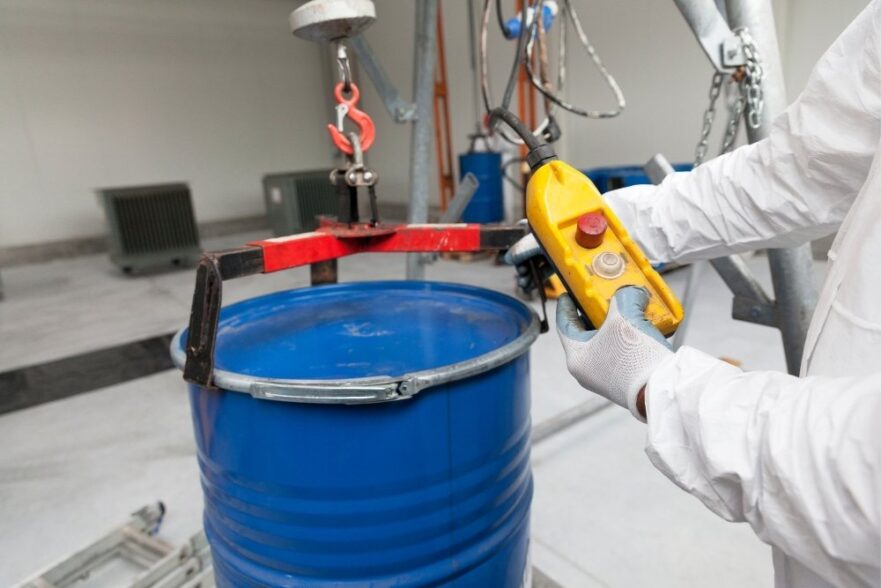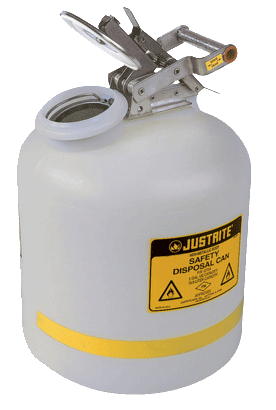Safe and Sustainable Liquid Waste Disposal: Your Go-To Company
Safe and Sustainable Liquid Waste Disposal: Your Go-To Company
Blog Article
Just How Liquid Waste Disposal Works: A Detailed Introduction of Methods and Technologies Utilized

Introduction of Liquid Waste Types
The complexity of fluid waste types demands a detailed understanding of their attributes and effects for disposal. Fluid waste can extensively be classified right into several kinds, consisting of commercial, community, agricultural, and hazardous waste. Each classification displays distinct residential properties, calling for particular monitoring approaches to minimize environmental and wellness risks.
Industrial liquid waste originates from producing processes and commonly consists of a series of contaminants, such as heavy steels, solvents, and natural substances. Community fluid waste, mainly making up wastewater from households and industrial facilities, contains organic issue, nutrients, and microorganisms (industrial wastewater treatment). Agricultural fluid waste, consisting of drainage from ranches, might contain plant foods, pesticides, and animal waste, presenting dangers to water quality and ecosystems
Dangerous liquid waste is identified by its poisoning, reactivity, or possible to create damage. Recognizing these diverse liquid waste kinds is critical for developing effective disposal approaches and ensuring conformity with environmental policies.
Physical Therapy Methods

Screening is the initial action, where larger fragments and particles are eliminated from the liquid waste making use of screens or grates. This procedure secures downstream equipment from damage and guarantees smoother operation. Complying with testing, sedimentation makes use of gravitational force to separate solids from liquids. In sedimentation storage tanks, larger particles settle at the base, forming a sludge layer, while the cleared up liquid can be further treated.
Filtration is another vital method that entails passing the fluid with porous products, such as sand or membranes, to record smaller fragments. This step improves the top quality of the liquid, making it appropriate for subsequent treatment processes.

Chemical Treatment Methods
Chemical therapy techniques are vital for efficiently handling fluid waste, specifically in dealing with liquified and colloidal pollutants that physical approaches might not sufficiently remove. These methods use various chemical agents to counteract, speed up, or change hazardous compounds into less damaging kinds.
One usual approach is coagulation and flocculation, where chemicals such as alum or ferric chloride are contributed to advertise the gathering of suspended bits. This process enhances sedimentation, allowing for much easier removal of the resulting sludge. Additionally, oxidation procedures, utilizing representatives like chlorine or ozone, are employed to damage down intricate organic compounds and pathogens, rendering the waste much safer for discharge or more therapy.
Neutralization is another important strategy, which readjusts the pH of acidic or alkaline waste streams to neutral degrees, avoiding prospective harm to downstream systems and the atmosphere. Furthermore, advanced oxidation processes (AOPs) use mixes of oxidants and ultraviolet light to deteriorate consistent contaminants, attaining a greater degree of treatment effectiveness.
Organic Therapy Processes
Organic therapy processes play a crucial duty in the management of liquid waste by making use of microbes to disintegrate organic issue and reduce contaminant levels. These procedures can be generally classified into anaerobic and aerobic treatments, each employing certain microbial communities to attain effective waste deterioration.
Aerobic therapy involves the usage of oxygen to help with the break down of natural products by germs. This procedure is typically applied in triggered sludge systems, where aeration containers supply a favorable environment for microbial development, causing the oxidation of natural toxins. The resultant biomass can be separated from treated effluent via sedimentation.
In contrast, anaerobic treatment takes place in the absence of oxygen, counting on different bacteria to damage down raw material. This approach is particularly helpful for high-strength waste, as it generates biogas, a renewable resource resource, while lowering sludge production. Technologies such as anaerobic digesters are regularly utilized in industrial and metropolitan applications.
Both anaerobic and cardio click to read biological therapies not just reduce the environmental effect of fluid waste but additionally help with source recuperation, making them vital elements of lasting waste monitoring techniques. Their effectiveness, flexibility, and performance sustain their widespread application throughout various industries.
Emerging Technologies in Disposal
Cutting-edge approaches to fluid waste disposal are rapidly evolving, driven by advancements in modern technology and an enhancing focus on sustainability. Among these emerging modern technologies, membrane bioreactors (MBRs) have actually gained traction for their ability to incorporate organic treatment with membrane filtration, resulting in top quality effluent that can be reused in numerous applications. MBRs make it possible for smaller impacts and extra effective procedures compared to typical systems.
An additional encouraging advancement is the usage of anaerobic food digestion incorporated with nutrient recovery modern technologies, which not just treats liquid waste however also generates biogas and recovers beneficial nutrients like nitrogen and phosphorus. This double benefit boosts resource effectiveness and reduces environmental influence.
Additionally, progressed oxidation processes (AOPs) are being adopted for the degradation of intricate organic toxins. These approaches utilize effective oxidants and catalysts to damage down pollutants at the molecular level, providing a very effective service for difficult waste streams.
Additionally, the assimilation of expert system and my response artificial intelligence in waste monitoring systems is enhancing operational effectiveness and predictive upkeep, resulting in reduced prices and boosted ecological compliance. These technologies mirror a significant shift towards more lasting and reliable liquid garbage disposal practices.
Conclusion
In verdict, reliable liquid garbage disposal necessitates a comprehensive understanding of numerous techniques and technologies. The combination of physical, chemical, and organic therapy approaches ensures the reliable administration of diverse waste kinds. Moreover, the development of ingenious modern technologies enhances therapy effectiveness and promotes sustainability in waste monitoring methods. By constantly progressing these techniques, it ends up being feasible to resolve the expanding challenges related to fluid waste, inevitably adding to ecological defense and resource healing.
Fluid waste disposal is a vital aspect of environmental administration, calling for a thorough understanding of different techniques and innovations tailored to various waste types. Fluid waste can extensively be classified into numerous types, consisting of commercial, metropolitan, agricultural, and unsafe waste. Agricultural fluid waste, including overflow from farms, may include plant foods, pesticides, and animal waste, presenting dangers to water quality and ecological communities.
Different physical therapy approaches play a critical duty in managing fluid waste efficiently - industrial wastewater treatment.In verdict, reliable fluid waste disposal necessitates an extensive understanding of numerous sites strategies and innovations
Report this page